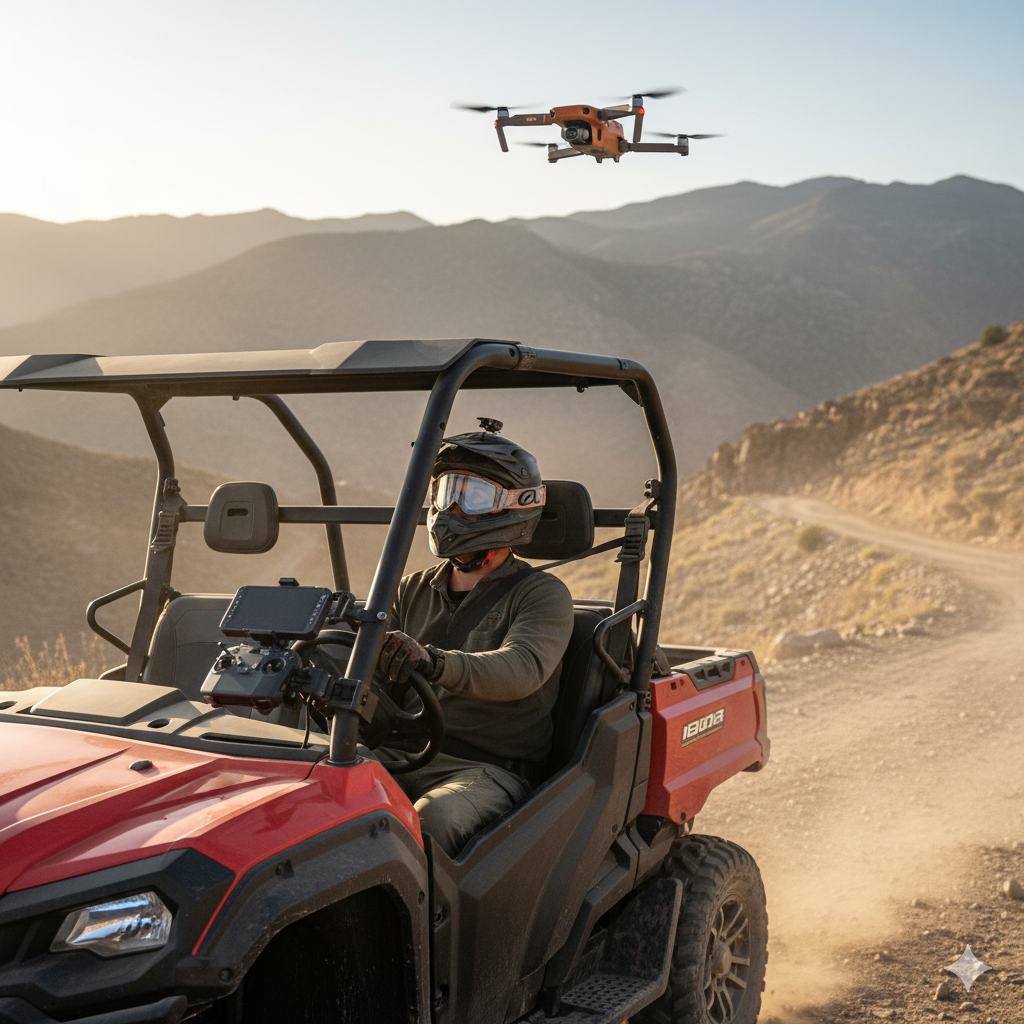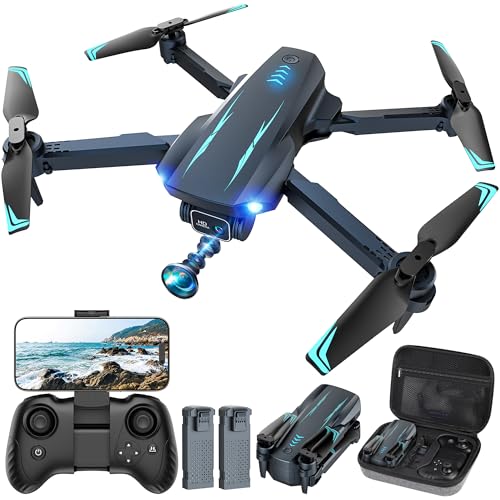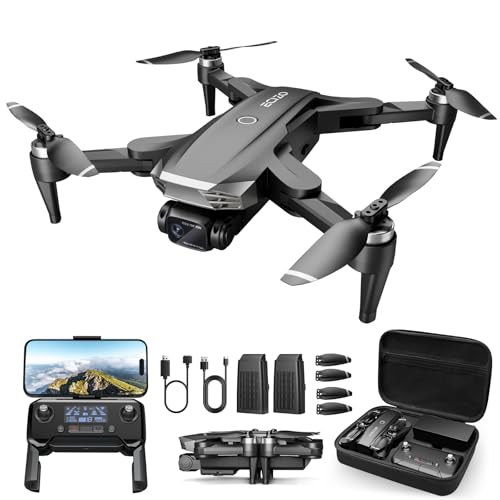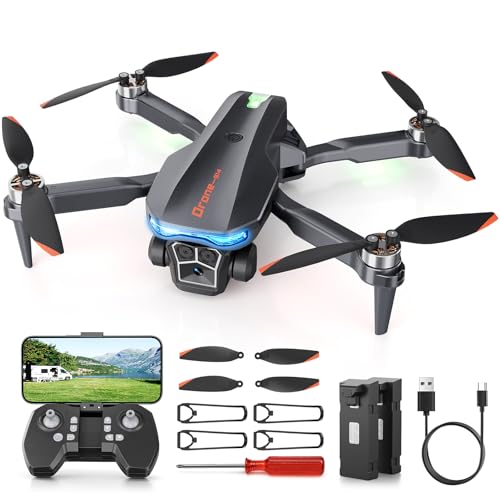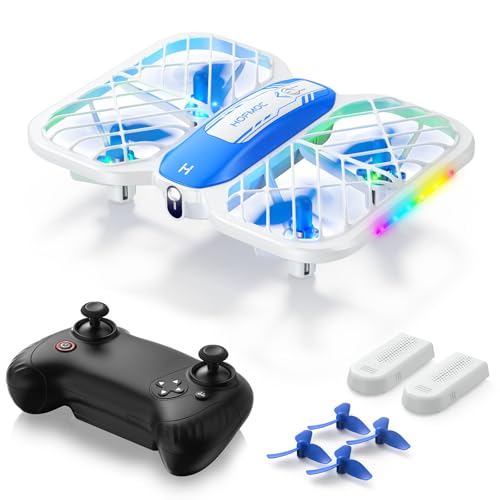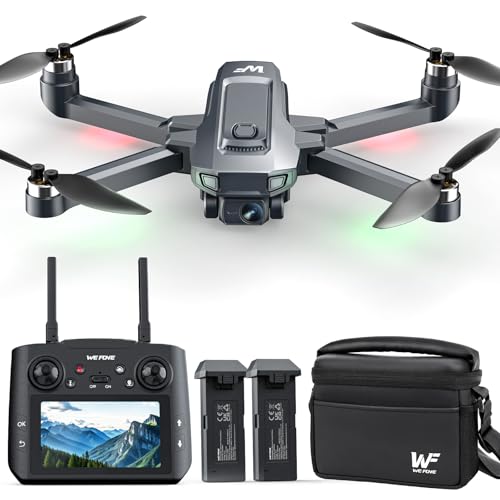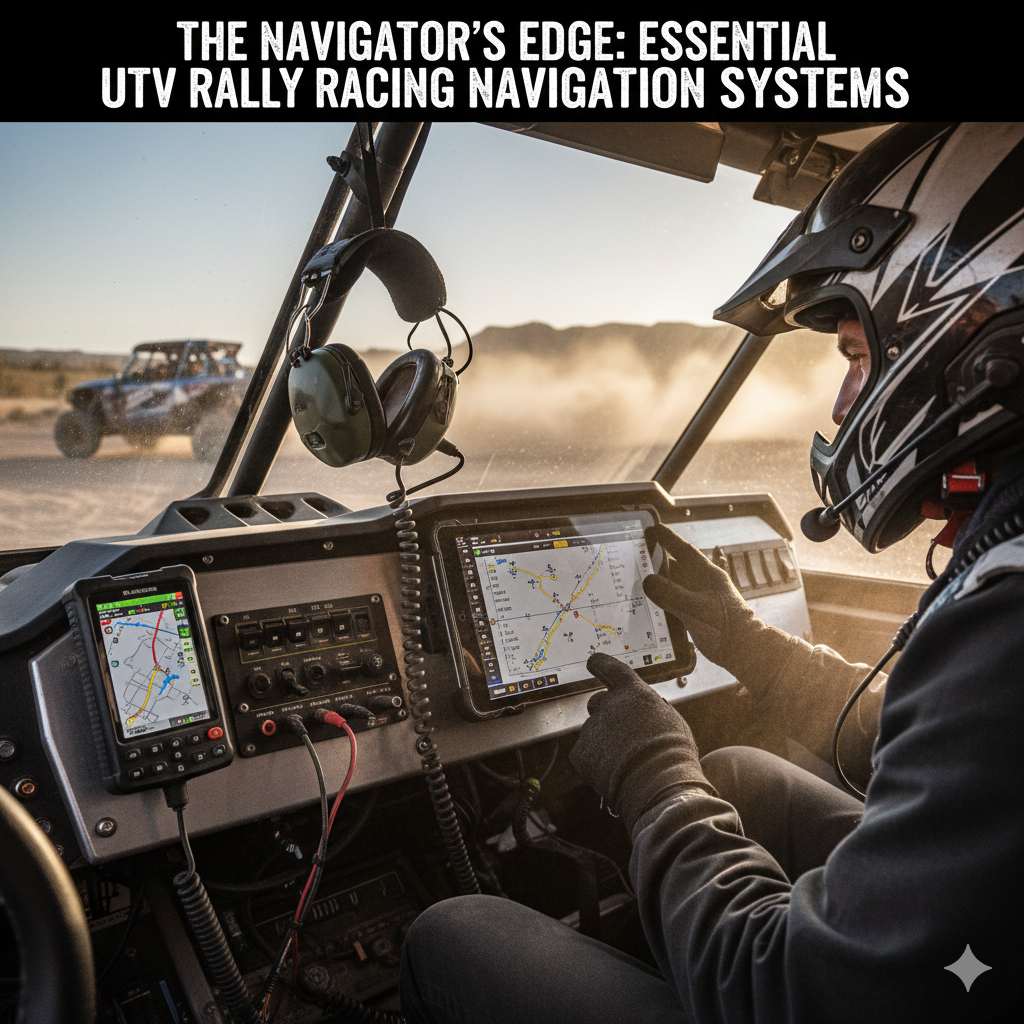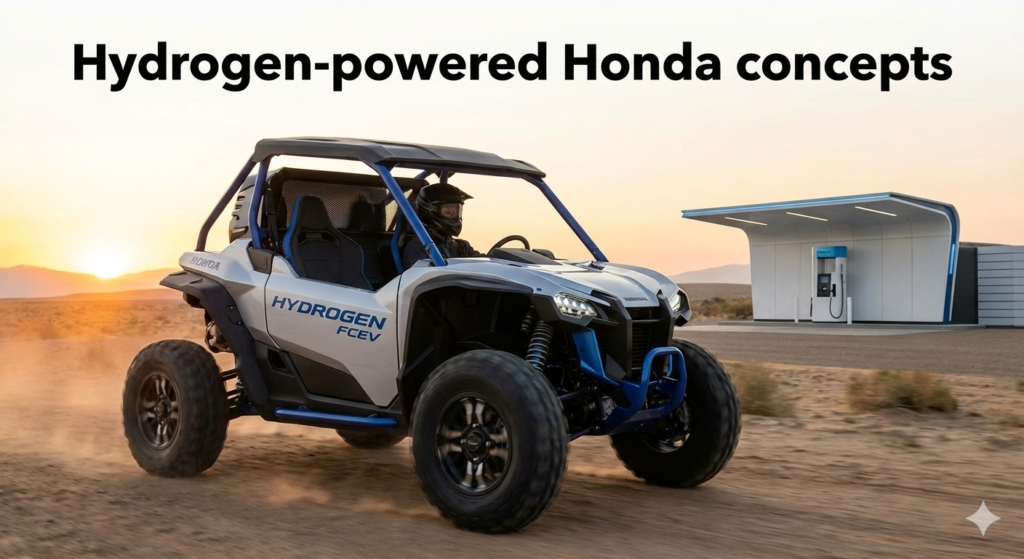1. Executive Summary: Bridging the Pioneer-UAV Gap
While the concept of integrating Unmanned Aerial Vehicles (UAVs) directly into off-road vehicles is gaining traction, current Honda Pioneer models do not feature an official, factory-installed aerial drone system.
Honda is actively engaged in developing vehicle-to-UAV integration research, primarily to enhance the perception range of autonomous vehicles and stream real-time data for advanced driving systems.
However, these applications are not yet translated into consumer off-road technology.
It is critical to note that the term “DRONE” appears in the aftermarket sphere, referring exclusively to a cellular app control system for a Compustar remote start kit designed for the Honda Pioneer.
This technical distinction confirms that true aerial integration currently relies entirely on sophisticated aftermarket and custom solutions.
The primary challenge for Pioneer operators integrating aerial drones centers on three logistical pillars:
maintaining sufficient Power, ensuring robust Protection, and executing Precision Deployment in rugged environments.
2. Platform Readiness: Leveraging the Honda Pioneer Chassis
Maximizing Accessory Attachment Points
The Honda Pioneer platform, along with other Honda Side-by-Sides (SXS) and ATVs, offers inherent accessory adaptability through the Pro-Connect® and Mini Pro-Connect systems.
These innovative attachment points allow for the tool-less addition of accessories, providing a stable foundation engineered to secure gear even on challenging terrain.
Although intended for storage and Bluetooth speakers, these points can be repurposed to securely anchor components like control station mounts or sophisticated flight case docking systems.
For customized solutions, the vehicle’s roll cage provides standard diameters, typically ranging from 1.5 inches to 2 inches, which easily accommodate universal mounting accessories.
Components like Kolpin clamps and Quad Lock mounts are commonly used to secure drone controllers, navigation displays, or video monitors directly to the UTV’s tubular structure.
The Imperative of Vibration Management
Operating a UTV off-road subjects the chassis to intense, high-frequency shock and vibration that can jeopardize the highly sensitive electronics within a drone, particularly the gimbals and flight control sensors.
Securing a drone transport case directly to the roll cage or cargo bed, even with robust clamps, exposes the internal components to significant mechanical stress and harmonic resonance during transit.
To mitigate component fatigue and sensor drift, integrating secondary damping interfaces is essential.
Materials designed for industrial vibration isolation, such such as Moongel, specialized damping foam (Dubro Foam), or Sorbothane/Kyosho Zeal Tape, must be used to create a buffer between the drone storage unit and the UTV chassis.
This proactive measure protects the drone’s navigational sensors and camera stability mechanisms from the rigors of off-road movement.
3. Hardware Selection: Rugged Drones for Reconnaissance and Tracking
Performance and Autonomy for Challenging Terrain
Effective integration relies on selecting drones capable of enduring the harsh operational parameters associated with off-road travel.
Optimal drones must demonstrate exceptional flight endurance and wind resistance.
Models such as the Autel EVO II V3 Enterprise are rated for resistance up to Level 6 winds (12 meters per second), and many high-end commercial platforms (DJI Mavic 3 Pro, Autel EVO II Pro) offer extensive flight times of 40 to 43 minutes.
For dynamic off-road filming or navigational assistance, advanced autonomy is non-negotiable.
Leading systems offer highly sophisticated tracking features, such as DJI’s ActiveTrack 5.0 and Autel’s Dynamic Track.
Skydio is widely recognized for its state-of-the-art autonomous flight capabilities and superior obstacle avoidance features.
The UTV as a Dynamic Spotter
A major functional benefit of UTV-drone integration mirrors research being conducted by other automotive entities,
which are developing drone systems to act as an aerial spotter,
streaming real-time visual guidance to the driver during maneuvers where ground visibility is compromised (e.g., navigating a sharp crest or rock garden).
For this use case, the drone must excel in data flow and precision.
Operators should consider systems designed for industrial mapping, such as the DJI Matrice 30T,
which offers centimeter-level mapping accuracy, or platforms like the Autel Alpha,
which boasts enhanced AI capabilities suitable for long-range performance and serving as a reliable navigational extension of the vehicle.
Environmental Resilience and Post-Flight Protocol
Off-road environments are characterized by heavy dust, dirt, and sand.
Fine particulates pose a significant threat to drone longevity, potentially damaging delicate motor bearings and sensitive gimbal components.
Therefore, operators must implement a rigorous post-flight maintenance schedule.
This involves using soft, lint-free cloths and compressed air immediately after every flight to meticulously clean the drone body, motors, and gimbal area.
It is crucial to strictly avoid the use of water or harsh cleaning agents, which could short sensitive internal electronics.
4. Infrastructure and Logistics: Power and Protection
Extreme Ruggedized Transport Solutions
Transporting aerial equipment across rough Pioneer terrain requires protection exceeding standard consumer cases.
Rugged, high-quality hard cases are essential, often constructed from impact-resistant materials like NK-7 resin and rated to IP67 standards, making them waterproof,
dustproof, and crush-proof against impacts and environmental intrusion.
These cases typically feature precision-cut foam inserts to securely cradle the drone and its accessories, minimizing shifting during intense movement.
For instance, the NANUK 925 case provides approximately 17 inches by 11.8 inches by 6.4 inches of internal space, which is adequate for most foldable prosumer drones.
Field Energy Management
The vehicle’s 12V system is typically inadequate for the high-wattage, rapid charging demanded by modern LiPo drone batteries.
Sustainable field operations rely on generator-free, high-capacity portable power stations (PPS).
Effective PPS units must offer both high capacity and robust output.
A battery capacity of at least 1024 Wh (e.g., DJI Power 1000) and a stable AC output of over 2000W (the DJI Power 1000 delivers 2200W stable output) are generally required to handle multiple battery charging cycles.
Many modern portable power stations feature proprietary fast-charging systems.
For example, DJI Power stations utilize dedicated SDC ports to super-fast charge compatible drone batteries (such as those for the Mavic 3 or Air 3 series),
often achieving a full charge in approximately 70 minutes, drastically improving operational uptime.
5. Deployment Logistics: Launch, Recovery, and Stabilization
Safe Launch and Recovery Methods
Rough off-road terrain presents a challenge for safe drone deployment, as propeller strikes and dust ingestion are major risks during traditional ground takeoff/landing.
Deployment Solutions:
- Portable Landing Pads: The use of highly visible, weighted trifold landing pads (often 2 to 5 feet wide, such as those made by Hoodman) is advisable to create a clear, debris-free zone, whether deployed on the ground or secured temporarily to the UTV’s hood or bed surface.
- Hand Launch and Catch: When a clear landing zone is unavailable, the hand launch/catch technique is necessary. Pilots must hold the drone away from the body, initiate auto-takeoff/landing, and allow the drone to stabilize itself. If the downward vision sensors fail to recognize the pilot’s hand as a safe landing surface, the pilot must be ready to manually confirm landing termination by holding down the control stick.
Operating the drone near a running UTV introduces significant turbulence and engine vibration that can interfere with sensitive drone sensors.
For safety, particularly during hand retrieval, stopping the UTV engine is recommended.
If the engine is running, the pilot must maintain a firm grip on the drone until the propellers have completely ceased rotation,
as any major movement detected by the sensors before motor shutdown can cause the drone to attempt to fly away abruptly.
For advanced operations, specialized industrial technology confirms the possibility of vehicle-based deployment.
Gyro-stabilized platforms exist that can compensate for up to 30 degrees of vehicle movement (roll, pitch),
ensuring reliable automated launch and recovery from moving ground vehicles.
6. Operational Strategy and Regulatory Compliance
FAA Rules for Off-Road Operations
Any drone operation used for mapping, commercial filming (even non-compensated projects),
or assisting vehicle navigation falls under the Federal Aviation Administration’s (FAA) Part 107 Small UAS Rule, not recreational guidelines.
Commercial operators must hold a Remote Pilot Certificate (requiring a passed aeronautical knowledge test) and register their aircraft.
Key operating rules mandate keeping the drone within Visual Line of Sight (VLOS) at all times and flying below 400 feet above ground level.
Crucially, Part 107 restricts operating a drone from a moving vehicle unless flying over a sparsely populated area and the flight does not involve property transportation for compensation.
The Necessity of the Visual Observer
Off-road environments increase pilot distraction.
Since the Pilot in Command (PIC) of a UTV must focus on vehicle operation,
maintaining simultaneous VLOS of the drone becomes difficult, especially when operating FPV gear.
Therefore, mandatory use of a dedicated Visual Observer (VO) is highly recommended, and legally required when using FPV systems,
to ensure continuous unaided sight of the aircraft and timely communication regarding obstacles.
Navigating Public and Wilderness Lands
When operating on public property, compliance with land management regulations is essential.
The Bureau of Land Management (BLM) strictly prohibits drone operations over designated wilderness or primitive areas.
Furthermore, BLM guidelines dictate that drone launch and landing must occur only on designated routes.
Operators must also maintain a minimum separation of 328 feet (100 meters) from wildlife during all phases of flight.
Relying on autonomous tracking features while driving a UTV creates a significant legal challenge,
as the PIC’s attention is diverted from maintaining continuous VLOS.
Given the stringent prohibitions under Part 107 against flying from a moving vehicle and flying over non-participating people,
utilizing autonomous flight modes for dynamic shots introduces regulatory risk.
Best practice for dynamic tracking should involve a dedicated Pilot in Command controlling the drone,
while the UTV driver serves as the Visual Observer, mitigating risk and ensuring safety margins.
7. Conclusion: Optimizing the UTV-UAV Workflow
Effective drone integration for the Honda Pioneer is achieved not through proprietary connections, but through meticulous attention to logistics and operational safety.
The UTV must be treated as a fully mobile, rugged command base.
This requires high investment in durable, performance-oriented drones (Autel or DJI),
high-capacity charging infrastructure to maximize field time,
and extreme ruggedized protection to withstand the vehicle’s dynamic movements.
The most critical component of successful integration is procedural:
establishing a strict workflow that incorporates a dedicated Visual Observer and adheres to both FAA Part 107 and land-use regulations,
ensuring that the powerful capabilities of the UAV are deployed safely and legally to enhance off-road reconnaissance and operation.
- 1080P Camera Drone with Adjustable Lens Allows You to See a Wider and Clearer View: This drone with camera comes with 10…
- Beginner-Friendly Drones with Easy Controls: Designed for first-time flyers, this camera drone supports one-key take-off…
- Fun FPV Drone with Smart Modes — Thrill Yourself with Exciting Flights.: Connect to the “Bokigibi” app to unlock traject…
- 【Beginner Friendly】Whether for kids, newbies, or first-time flyers, this drone for kids makes flying effortless with One…
- 【Five Lights, Endless Fun】Switch between five dazzling light modes to make your night flights shine bright. In two-playe…
- 【Upgraded Modular Dual Battery】Comes with two upgraded 1000mAh modular batteries, delivering up to 22 minutes of flight …
- 【4K Ultra HD Camera with 8GB Card】Equipped with a high-resolution 4K UHD camera, this drone captures stunning aerial pho…
- 【5G FPV Transmission & Built-in Display Remote】Experience real-time, low-latency First-Person View (FPV) via advanced 5G…
- 【GPS-Assisted Navigation & Auto Return Home】Enhanced with GPS positioning for stable hovering and precise flight control…
- 【FREE for REPLACEMENT After Sale Service】: ①If you damaged your drone, we always offer low-cost replacement parts in our…
- 【2025 New Upgraded Tablet: Touch Screen Controller with Payload Release】: Bingchat Upgraded AE Pro+ Carbon Fiber Sticker…
- 【Payload Release & Laser Obstacle Avoidance–Innovative and Unique Functions】: This 2025 NewUpgraded Professional Drone …
- One – Key Airdrop, Laser Obstacle Avoidance, and GPS Return It has excellent airdrop capabilities with a maximum payload…
- High – Definition Dual – Camera Gimbal for Stable Shooting It is equipped with a dual – camera ( front camera a 2.7K tru…
- Large – Screen Remote Control for Professional Shooting It uses a 5 – inch touch – screen remote control and can be cont…

